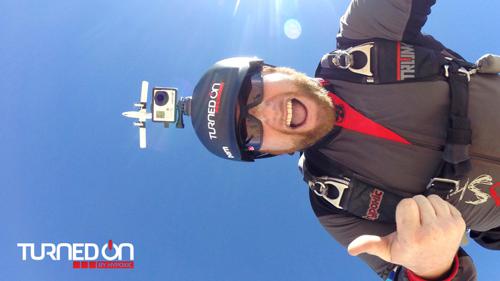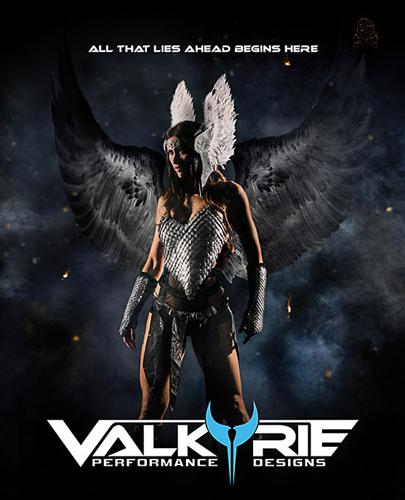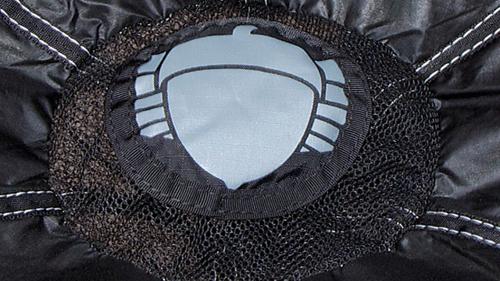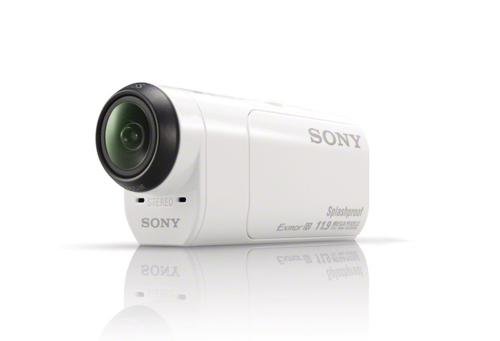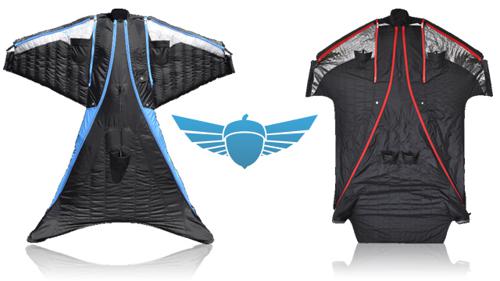Alti-Force Sensor Pack - GoPro Addon
With the increased popularity of action cameras over recent years it's not surprising that we've seen an increase in the manufacturing of third party hardware that makes use of the GoPro camera to add additional value to users. Hypoxic recently released their Turned On product, which allows skydivers to see whether or not their camera is recording or whether there's any errors, without having to ask their buddy.
The company Alti-Force has just released a product of their own that attaches to the GoPro camera and like the Turned On device, will seek to add some extra value to skydivers. When in use the Alti-Force Sensor Pack will be able to overlay information about your flight over the video. The device is able to record and display both altitude and the acceleration/G-Force of your jump.
The visual representation of Gs can be useful for those looking to maximize performance, by using the information to identifcal optimum body positioning and technique.
Features
Subtitled video playback for your GoPro® camera
Altitude subtitles selectable as feet or meters
Acceleration G-force subtitles selectable as X-Y-Z axes or total magnitude
Compatible with GoPro® Hero4 Black and Silver, Hero3+ Black and Silver, or Hero3 Black
Fits in GoPro® cases with BacPac™ backdoor² (not included)
Compatibility
GoPro® Hero3 Black – YES – firmware v03.00
GoPro® Hero3+ Silver – YES – firmware v02.00
GoPro® Hero3+ Black – YES – firmware v02.00 | v03.00*
GoPro® Hero4 Silver – YES – firmware v02.00.00
GoPro® Hero4 Black – YES – firmware v02.00.00
All efforts will be made to maintain compatibility with future firmware versions but cannot be guaranteed
*v03.00 disables camera’s USB mode, use of memory card reader is required
Any that support .SRT subtitle files (check your player’s specifications)
Includes most TVs and VLC media player (for all OS platforms)
Video must be played via USB mode or memory card reader
If copied off camera, video .MP4 and subtitle .SRT files must be copied to same location
Note: Windows® Media Player and QuickTime do not support .SRT subtitles
Camera Modes
The Alti-Force Sensor Pack records data/subtitles in Video Mode only.
All standard video resolutions and frame rates are supported.
The Alti-Force Sensor Pack does not support Time Lapse and Looping video modes, and is disabled in all Photo modes.
Mechanical
Size: 2.36 x 1.38 x 0.40 in (60 x 35 x 10 mm)
Weight: <1 oz (18 g)
Electrical
Standard camera voltage: 3.6v (powered from camera)
Minimal current draw: <2 mA typical
Accelerometer
Tri-axial | ± 16 G’s | 0.1 G resolution
Barometer
Absolute Pressure: 300 to 1100 mbar | ~0.1 mbar resolution
Altitude range: -2000 to 30,000 feet | 1 ft resolution
Pressure to Altitude conversion assumes standard conditions.
Sampling RateHero 3/3+: approx 4.5 samples per second
Hero 4: approx 6.5 samples per second
Subtitle Settings
Altitude: Feet | Meters | Both | None
Acceleration: XYZ axes | Total magnitude | All | None
G-bar: On | Off
Temperature: °F | °C | None
— Additional options —
Data CSV file (saves all raw sensor values): On | Off
Altitude offset: Feet only
More information on the Alti-Force Sensor Pack can be found on the Alti-force website.




